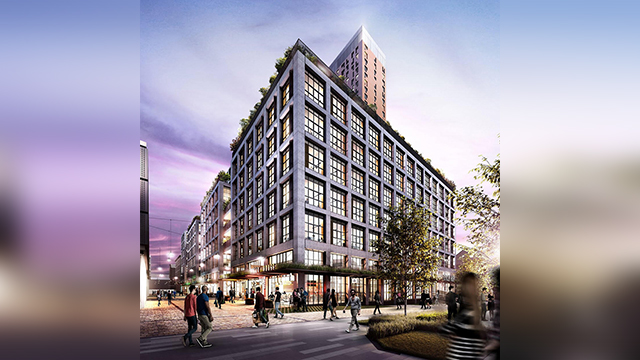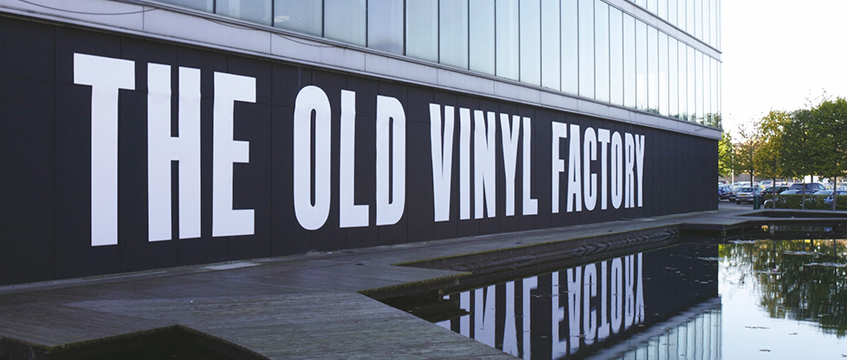Developers must understand the value of heritage
COMMENT: History and heritage have always been of great importance to me, and I have been lucky enough to be part of many teams that understand that heritage has real social, economic and environmental value, writes Richard Upton, deputy chief executive at U+I
It is for these reasons that I was particularly thrilled to have been appointed a commissioner of Historic England last year, allowing me to act professionally as both preserver and developer – not roles that always appear to go together.
COMMENT: History and heritage have always been of great importance to me, and I have been lucky enough to be part of many teams that understand that heritage has real social, economic and environmental value, writes Richard Upton, deputy chief executive at U+I
It is for these reasons that I was particularly thrilled to have been appointed a commissioner of Historic England last year, allowing me to act professionally as both preserver and developer – not roles that always appear to go together.
It has never been more apparent than now that heritage and communities are intrinsically linked and that by bringing them together you can create greater value than when you ignore the past. In fact, the heritage sector contributes £21.76bn to the national economy, meaning for every £1 of public sector investment in heritage-led regeneration there is a return of £1.60.
But it is not just about value to the national economy, vital though that is. There are also real personal and societal benefits.
Being surrounded by or visiting an area of historic significance is proven to benefit your sense of wellbeing, and that impact on wellbeing has been calculated at £1,600 for your average heritage participant.
Recent research published by Historic England also demonstrates that investing in heritage at risk, which often sits in areas of higher social deprivation, can have much wider regenerative impacts – it helps to achieve societal impacts beyond the rewards of the building you are saving.
However, to maintain this and successfully create, grow and celebrate communities and make beautifully designed places, developers must believe in, and understand, the value of heritage. I am pleased to say that this is embedded in our DNA at U+I, and in every project that we take on.
We recognise that some of our special national heritage is at risk, yet time and time again developers miss the reward in developing heritage assets.
Yes, there are always risks and complexities when working on heritage sites, but they have to be risks worth taking given the potential value that can be unlocked by respecting and working with the past.
Quite simply, heritage is a kingmaker; it is fundamental to the national economy as a powerful socioeconomic driver; it is essential to creating a sense of belonging within a community. And this, surely, outweighs the risk.
For example, in 2012 we bought a derelict 17-acre site in Hayes, the former home of EMI records, and came up with an audacious plan to bring alive the history of the area, restore pride and celebrate its provenance.
A key part of the success of this project was that we collaborated with the council and sought their buy in early on.
It was imperative to have their support, not only for the success of development but also to ensure that the voice of the community was being heard, and the history of the site was written into our plans.
The Old Vinyl Factory [main picture], as it is now known, has a soul again and the value of the site as a financial asset and as a thriving mixed-use community, has increased dramatically.
The music equipment company SONOS has moved in, as well as a music and media College owned by Global, which is educating 800 aspiring young people.
The heritage is being recreated in a way that connects past and present, while bringing much needed jobs to the area.
Historic England’s research, published this week as Risky Business? Investing in Heritage at Risk, demonstrates that investing in heritage at risk pays dividends. Key to this success is strong partnerships with all those who have a part to play in bringing these extraordinary places back to life.
And early engagement with Historic England’s teams (including use of their enhanced advisory services) will help you to fully understand the specialness and opportunities of your site.
It is a challenge, yes, but also an exciting opportunity, to find solutions for some of our nation’s special heritage sites that need your help.
It is up to developers and planners to work together to ensure that heritage-led regeneration and heritage-inspired, great quality design cements a community by creating mixed use, diverse spaces, that are vibrant places where people, young and old, want to work, live and play.
All the while preserving the historic tie that brought people to the area in the first place – developing the history of a place can also bring modern-day communities together, helping to build cohesiveness and a shared sense of local identity.
If we can do this, history will judge us well.











